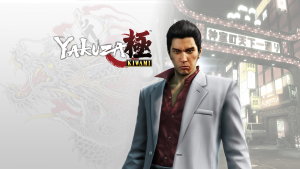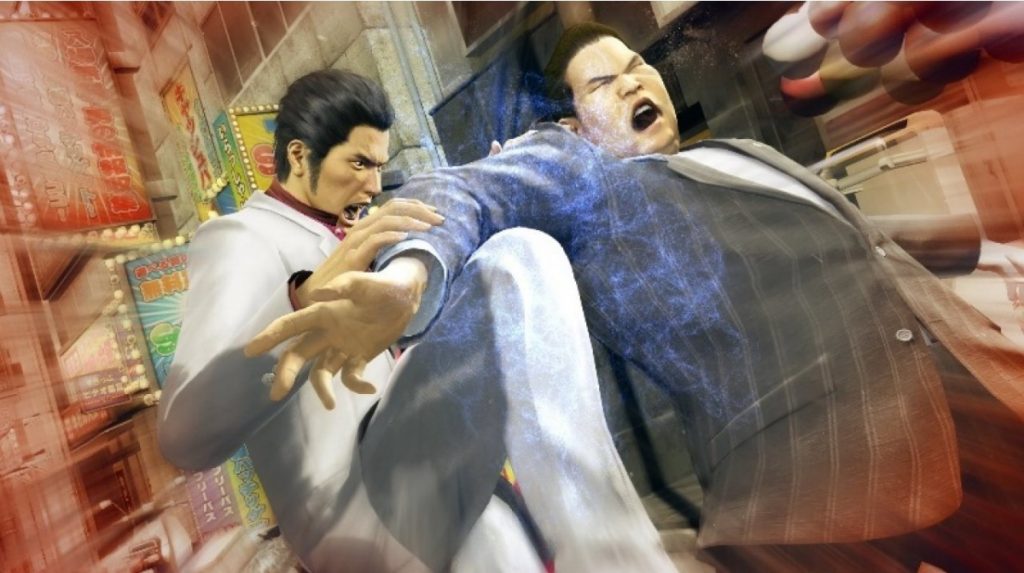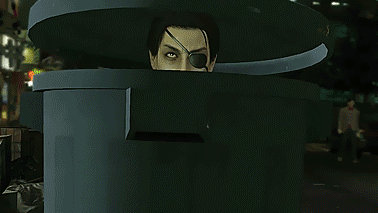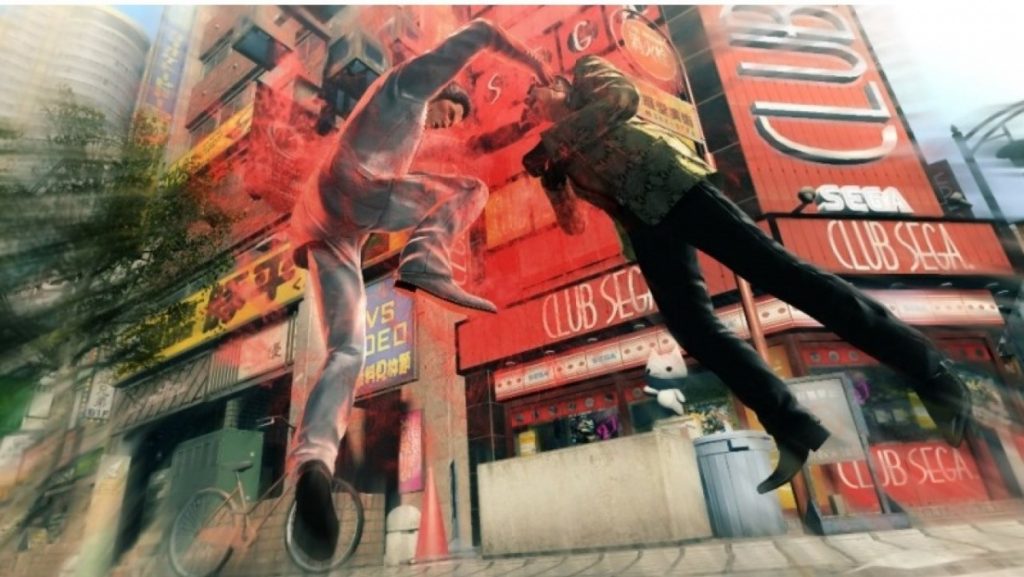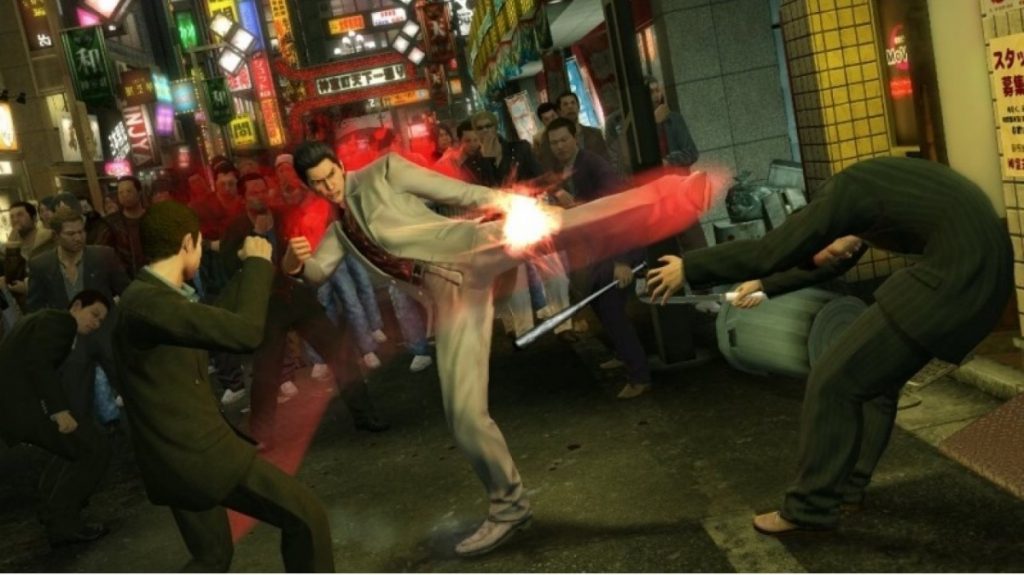YAKUZA: Kiwami Review


| Game Name: | YAKUZA: Kiwami |
| Platforms: | PS4 |
| Publisher(s): | SEGA |
| Developer(s): | SEGA |
| Genre(s): | Action-adventure |
| Release Date: | August 29, 2017 |
| ESRB Rating: | M : Violence, Sexual Themes, Strong Language |
When Yakuza was released on the PlayStation 2 back in 2005, it had humble beginnings as a crime drama with a vaguely open world city and clunky combat mechanics. Ryu ga Gotoku: Kiwamimarks the 10-year anniversary of the franchise, and with it, the team at SEGA has sought to give the original story that started it all a massive facelift so that it fits more fluently with the current on-going story, as well as match up gameplay-wise. With every instalment, the Yakuza games have been getting more refined and deeper with the core mechanics, and after a decade, a substantial update for the original shows how far these titles have come. Ryu ga Gotoku: Kiwamimeans “Like a Dragon: Extreme,” but just how extreme is this dragon?
Anyone who has played the original Yakuza will immediately recall the plot to this story, but seeing how this is currently a Japanese-only title for one more week, importers beware. The core gameplay is still easy enough to follow, despite the abundance of Japanese text, but anyone who does not know the story from the PlayStation 2 original will be at a severe disadvantage without having a story guide handy. Most of the scenes are shot-for-shot remakes from the original with the exception of a few, but with an all-new animation and glossy new visuals And a small change to the intro theme for the Western version of the game it might bother some people it might not.
Some things have been changed, like how the homeless man who catches money has been remodelled to more closely resemble Shun Akiyama (who becomes playable in Yakuza 3) and some character roles have been expanded upon, like Goro Majima. Originally, Majima was just a reoccurring thug from Shimano with a penchant for beating people with his signature baseball bat, but after a decade worth of games, he has become a fan-favourite and his role is much more robust than it used to be.
That is not to say that Majima’s expanded role interferes with the established plot – he is never forced into scenes where he doesn’t belong, thankfully. Instead, Majima has become a reoccurring boss that is always testing Kazuma’s abilities. These side shenanigans are what Ryu ga Gotoku: Kiwami calls “Majima Anywhere,” where he is basically on patrol seeking out Kazuma for a beat down, usually in comical disguises, and will use his move-set as seen in Ryu ga Gotoku 0 (also known as Yakuza 0).
The gameplay, as always, is split up into two distinctive formats: “adventure mode,” where Kazuma is free to explore his environment, partake in side-stories or mini-games, and “combat mode,” which is where the beatings take place. It is pretty much structured like a Japanese RPG, with the combat sections being played out like encounters but with the signature Yakuza combat system. The fighting system has never had a high skill ceiling like Bayonetta, but it is not brain-dead like any of the Kingdom Heartssequels, either – it manages a fair enough compromise. As the action goes on, and Kazuma learns more moves from either side-story, revelations, or just throwing down with Majima, it gets pretty outrageous with the countless ways Kazuma can fight street punks and gangsters that are activated kind of like a quick-time-event.
The basic plot is centred on Kazuma Kiryu, who takes the fall for a crime he did not commit for the sake of some people he loved. He is sent to prison and upon his release he witnesses all the change that has occurred to his friends and the iconic district of Kamurocho. Kazuma is a noble criminal with a strong sense of honour and duty to the Tojo Clan. He always manages to do the right thing and comes off as a huge badass, and a lot of this comes through thanks to his voice actor, Takaya Kuroda, who has truly brought a warm quality to this character over the years, despite speaking a language most English speaking fans do not understand. He comes off as fatherly, cool, suave, and can even be pretty funny, too, all while beating the teeth out of dozens of creeps, punks, and thugs. He is like a warrior-poet in many ways and can even eclipse figures like Big Boss in terms of machismo.
The original Yakuza was easily the shortest of the series, seeing how it was a strange experiment from SEGA at the time, and since its inception there has been an entry in the franchise every year. Since these games re-use the older assets while building on them (adding new districts, mini-games, rooftops, sewers, and so on), the worlds grew more dense, and since Kiwami is a faithful remake, sadly it does limit itself in many regards in terms of scope. Only Kazuma is playable, yet he does retain his gameplay mechanics as seen in Yakuza 0 where he has four different fighting styles, which can be switched on the fly, like controlling Dante in Devil May Cry 4.
Kiwami is a tricky recommendation considering there is the original game out there already, which is in English, yet the gameplay of this remake is up to date with all the fancy bells and whistles, as seen in the later entries. The best aspect is that it will be the ideal way for casual observers who were curious before to finally have the best way to get into this series… once it gets released on August 29th, and With Yakuza 6 actually getting localised early next year, though, it will make Kiwami only truly suitable for hardcore Yakuza fans who already know the story of the first game. For those who want to relive the beginning of this 10-year saga with glorious 60 frames per second, and latest engine in the series, Kiwami is a worthy and impressive remake of a classic game that feels like it’s brand new.
YAKUZA: Kiwami is an extreme make-over. Barring the language barrier, this game still largely playable, with the exception of most of the side-stories. They should take into consideration that there’s people with disabilities like dyslexia and won’t be able to read the text they should really dub these games again besides that, The combat is even more varied than it was in Yakuza 5 thanks to the four styles Kazuma has at his disposal to make up for the fact that Kiwami has only one playable character. A special mention must be given to the new remixed score that matches up with the flashy new graphics. A major factor of the Yakuza games is that they truly do transport the player to a different culture and the atmosphere that envelopes as Kazuma explores Kamurocho is palpable. The district itself isn’t large – in fact, it is quite small even by standards set by the later games – but because of its density and attention to detail, it becomes very intimate. These are the qualities that made Yakuza such an endearing series and the smaller scale is a reminder of just how far SEGA’s action titles have come.



